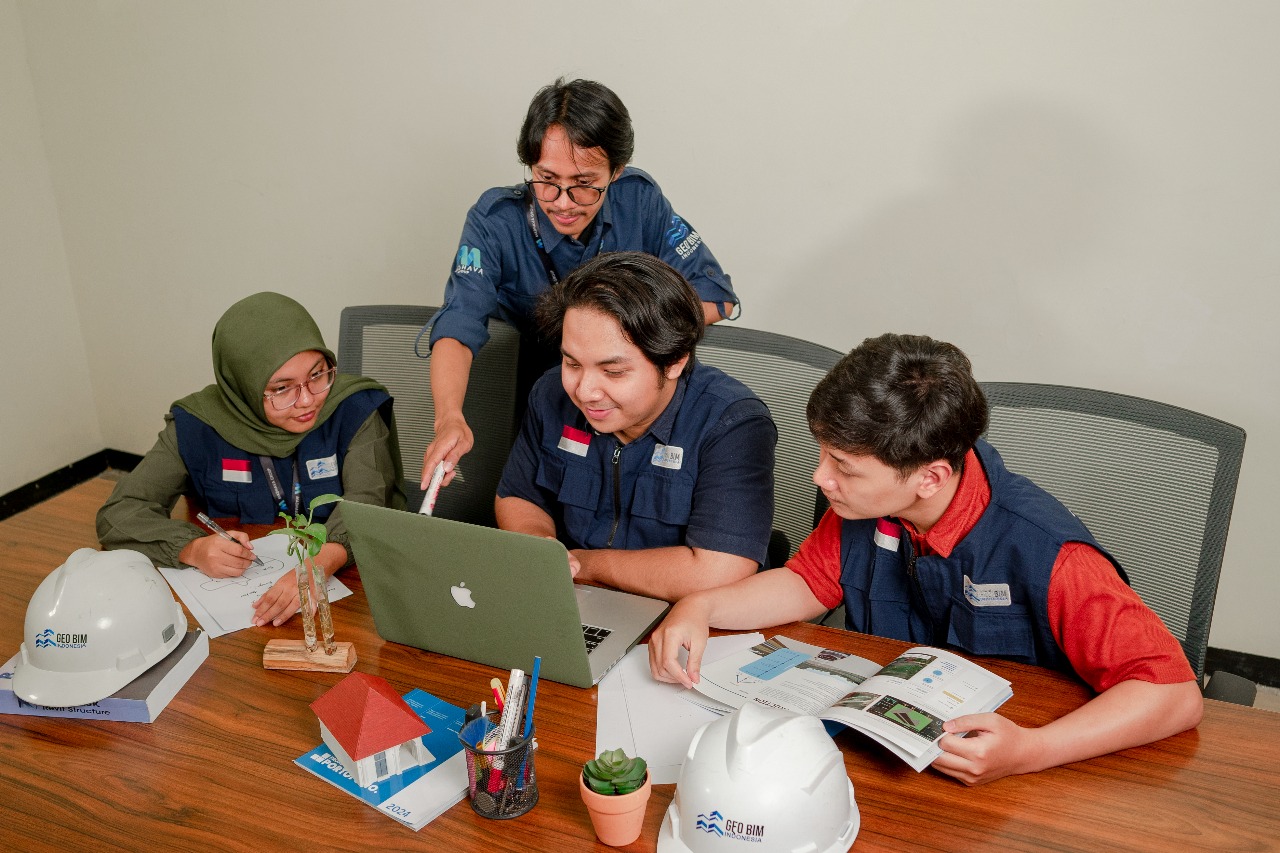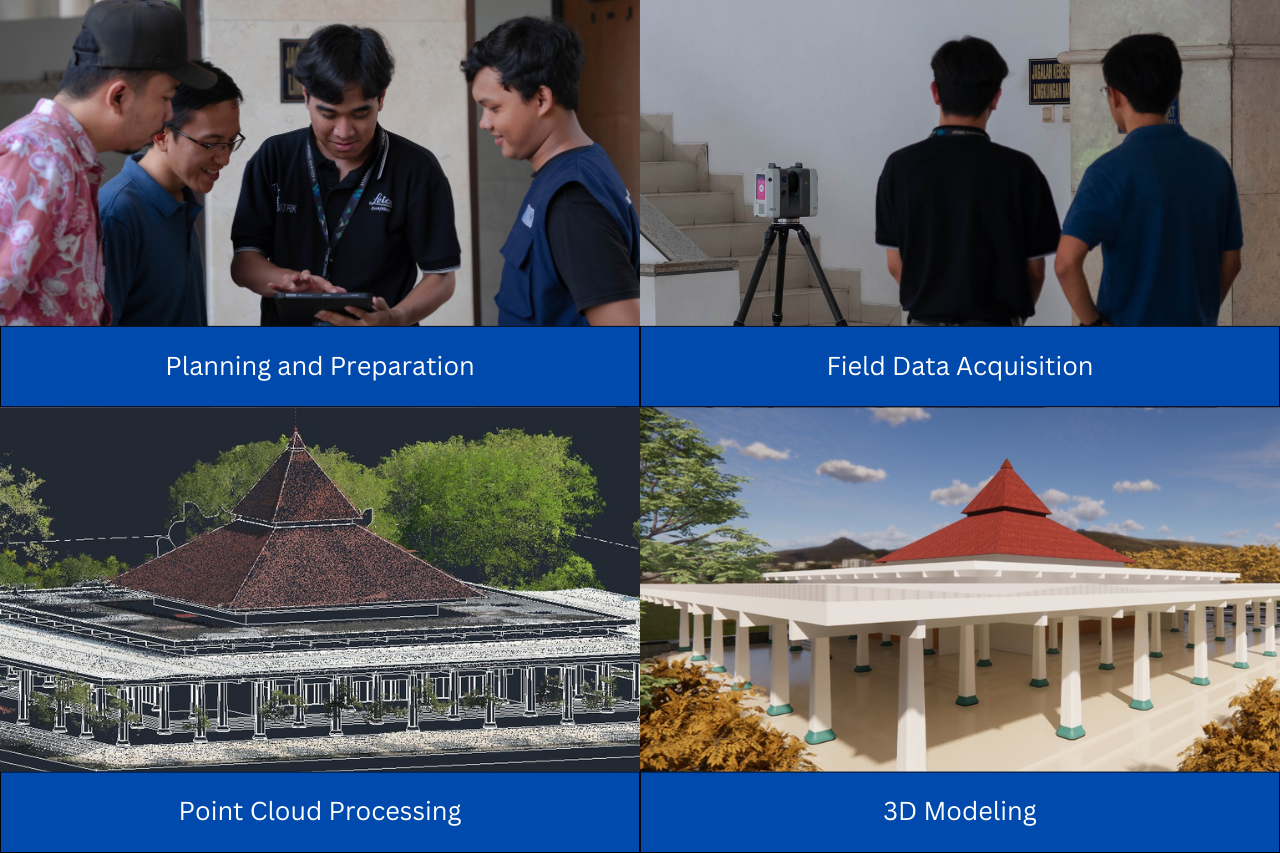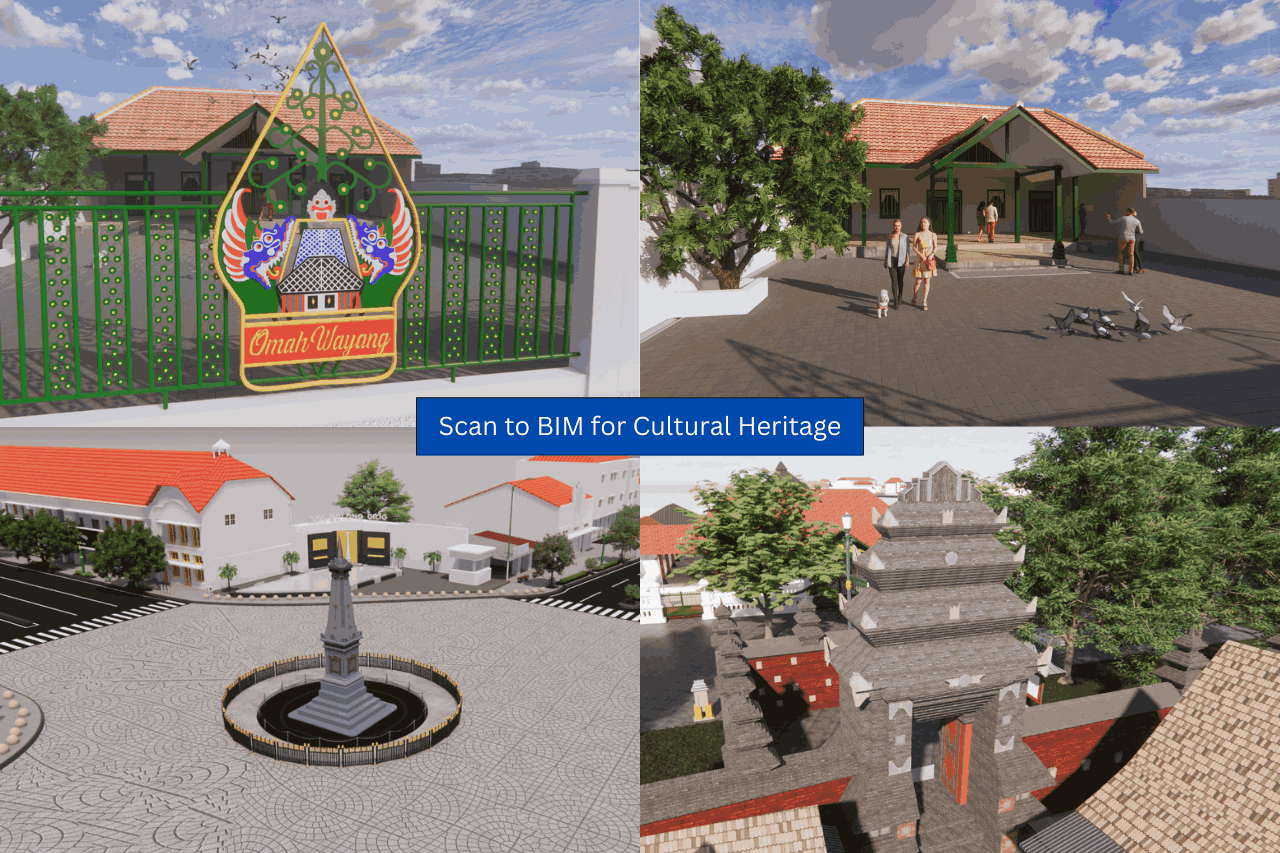One Stop BIM Solution
In the modern construction industry, the term BIM is becoming increasingly common. BIM, or Building Information Modeling, is a technology-driven workflow that combines 3D modeling with complete, structured data for the entire lifecycle of a project. Far beyond simply creating a three-dimensional drawing, BIM allows all stakeholders: architects, engineers, contractors, and project owners, to work from a single, integrated source of information.
With BIM, every element of a building can be modeled in detail and linked to additional information such as material specifications, cost estimates, schedules, and maintenance procedures. This approach enables faster decision-making, more effective collaboration, and significantly reduces the risk of errors on-site.
However, despite its vast potential, there are still many misconceptions about BIM. Some believe it’s only for large-scale projects, while others think it’s just a visualization tool. Let’s explore some of these common misconceptions and uncover the facts.
-
BIM is just a 3D model
Fact: While BIM does use 3D modeling, its purpose extends far beyond visual representation. BIM integrates visual models with technical, administrative, and operational data, turning them into a valuable resource for asset management and facility maintenance throughout the building’s lifecycle.
-
BIM is only for the design and construction phase
Fact: BIM covers the entire project lifecycle, from planning and design to construction and post-construction. Even after the building is in use, BIM serves as a reference for inspections, renovations, and ongoing maintenance.
-
BIM is only for large-scale projects
Fact: Whether it’s a home renovation, an office building, or a large-scale infrastructure project, BIM can be applied at any scale. Project size is not a limitation; in fact, BIM helps improve design accuracy and reduce unnecessary revisions.
-
BIM is too expensive
Fact: While there is an initial investment in software, training, and workflow adaptation, the long-term benefits, such as time efficiency, material cost savings, and fewer technical errors, far outweigh the initial costs.
-
BIM is only for architects
Fact: BIM is a cross-disciplinary collaboration tool. Beyond architects, structural engineers, mechanical engineers, electrical engineers, contractors, surveyors, and even project owners rely on BIM to maximize project performance. All stakeholders work from a single BIM model that is continuously updated in real time.
BIM is not just about creating 3D models, not limited to the construction phase, and certainly not reserved for large-scale projects. When implemented effectively, BIM becomes a collaborative bridge between different disciplines and a strategic tool for delivering projects that are more efficient, accurate, and sustainable.
In Indonesia, the adoption of Scan to BIM services and BIM implementation is growing rapidly, supported by experienced professionals and advanced technologies. GeoBIM Indonesia stands at the forefront as a trusted BIM consultant in the country, offering end-to-end solutions—from 3D modeling and BIM coordination to lifecycle asset management. With a team of skilled BIM modelers and a deep understanding of Building Information Modeling, GeoBIM Indonesia helps clients maximize efficiency, reduce costs, and improve project outcomes.
Whether you are starting a new project or upgrading your existing workflow, partnering with GeoBIM Indonesia ensures that your BIM strategy is executed with precision, innovation, and measurable results.





.png)

